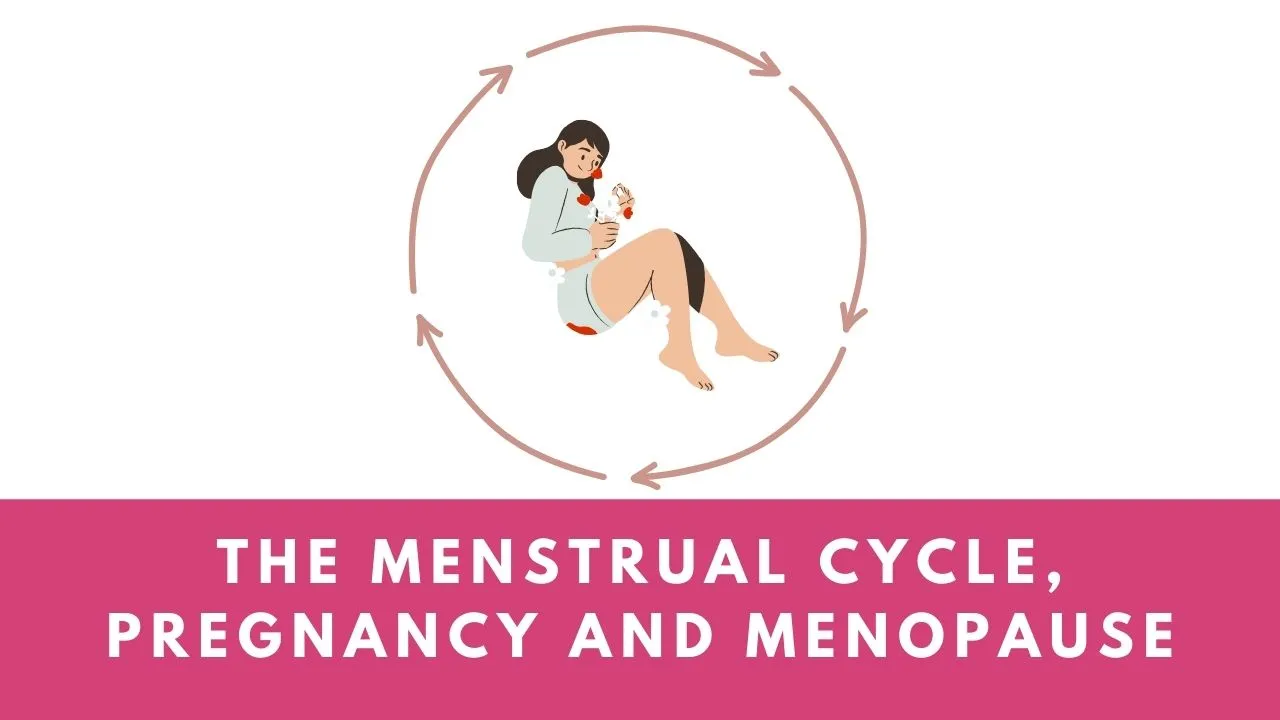Myasthenia gravis most commonly affects young people Women and older men. What are the peculiarities of the disease in women, how is it related to their reproductive role and what vicissitudes does it bring with it in the individual phases of life?
In women, symptoms can worsen due to hormonal changes
Both women and men with myasthenia gravis tend to have similar symptoms. However, in women, the menstrual cycle, pregnancy and menopause can also play a role in development. In about a third of women, symptoms worsen during menstruation.
Another period when myasthenic problems can be more intense is menopause . In this case, the use of hormone replacement therapy can be effective, which is a treatment based on the supply of insufficient hormones and therefore on the suppression of the deficiency symptoms. Postmenopausal Women are also more prone to developing osteoporosis (bone loss). Women with myasthenia gravis who take corticosteroids have an increased risk of osteoporosis because bone thinning is one of the side effects of these medications. However, there are medications to prevent and treat osteoporosis.
It is worth planning a pregnancy for women with myasthenia gravis
Women with myasthenia gravis should plan their pregnancy in advance. Before deciding to become pregnant, it is best to discuss your health and the medications you are taking with your treating neurologist. Pregnancy is appropriate during a period when the disease is well controlled. In addition, some drugs are quite aggressive and can be dangerous during pregnancy (for example, methotrexate or mycophenolate mofetil are among the substances that can harm the fetus). When taking these medications, it is recommended to prevent conception by using appropriate contraceptives; women with myasthenia should have no problem taking tablets or implanted contraceptives.
It may be advisable to have the thymus removed before becoming pregnant
In some cases, it is still advisable to have a thymectomy – a special operation in which the thymus gland is removed from the body – before a planned pregnancy. This procedure is often carried out thoracoscopically (i.e. with the help of special probes and a microcamera); sometimes doctors also use the option of robotic surgery.
About half of people experience long-term improvement after a thymectomy. This operation is particularly effective in younger patients. Another reason for the procedure may be a tumor of the thymus gland (thymoma), which occurs quite frequently in myasthenics over the age of 40.
Myasthenia gravis should be under the supervision of a gynecologist and a neurologist during pregnancy
During pregnancy, a woman with myasthenia gravis should have regular checkups with her neurologist and gynecologist. In women with a stabilized disease, the symptoms of the disease usually do not worsen during pregnancy.
Myasthenia should also have no influence on the timing or type of delivery. During pregnancy, the expectant mother should avoid taking certain medications; it is advisable to discuss specific preparations with your doctor in advance. Regular gynecological check-ups should take place – if necessary, additional examinations can also be carried out, for example to rule out excessive amniotic fluid production or to assess fetal movements. In general, it can be said that most women with myasthenia gravis have a problem-free pregnancy.
Neonatal myasthenia gravis is nothing to worry about
For a myasthenic woman with a stabilized disease, a classic vaginal delivery should not be a problem. In some cases (e.g. in women without myasthenia) a cesarean section is necessary. This type of birth is also possible for women with myasthenia gravis. It should also be safe to administer epidural analgesia to relieve labor pain. It is generally recommended to avoid using magnesium products.
Immediately after birth, so-called neonatal myasthenia can occur in newborns – a condition in which, as a result of the transfer of maternal antibodies into the newborn’s body, her child may also experience temporary symptoms of myasthenia. Neonatal myasthenia occurs in about 10% of births and it is reported that the risk of its occurrence can be reduced by the above-mentioned thymectomy. There is also no reason to prohibit breastfeeding for myasthenia gravis, but it is recommended to breastfeed for a maximum of 6 to 9 months.





